Story of Chuguji Temple
After Shotoku Taishi lost his mother, Empress Anahobe no Hashihito, in 621, he converted her palace residence into this nunnery. Originally located 500 meters east of its current location, the temple fell into decline during the Heian period (794-1185) when the capital was transferred from Nara to Kyoto. The temple’s treasures were moved to Horyuji Temple for safekeeping. Among them was the prized mandala, commissioned by Shotoku Taishi’s widow and depicting the prince in a heavenly realm after his death in 622. The Tenjukoku Mandala Shucho, the oldest known piece of embroidery in Japan and a major Buddhist work of art, was returned to the temple and restored during the Kamakura period (1185-1333). The version currently on display in the temple main hall is a replica; the original is stored in the Nara National Museum.
Since the Tenmon era(1532-55), Chuguji Temple has had a strong connection with the Japanese imperial family, which traditionally sent its daughters to train here along with other aristocratic women. Many of the temple’s abbesses have been imperial princesses. In the 1960’s, the renowned architect Isoya Yoshida, working on a commission from Princess Takamatsu (1911-2004), redesigned the hall to make it more resistant to fire and seismic shocks from earthquakes. A 1,400-year-old statue of a seated bodhisattva dominates the hall. This statue, which has been designated a National Treasure, is a masterpiece and its beauty is still remarkably preserved despite centuries of exposure to incense and smoke.
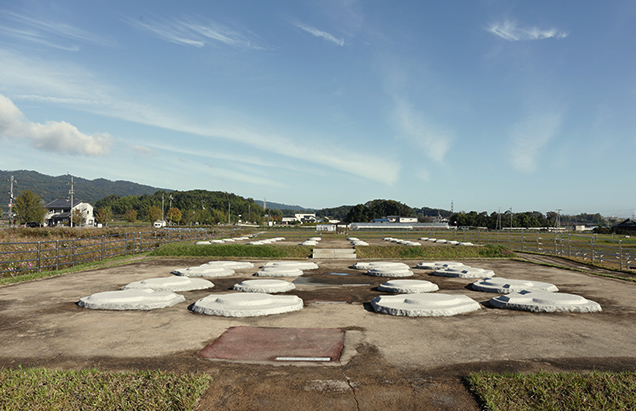
Remains of Chuguji Temple (national historic landmark). The current Main Hall is located approximately 500 meters east of where the original temple was established.
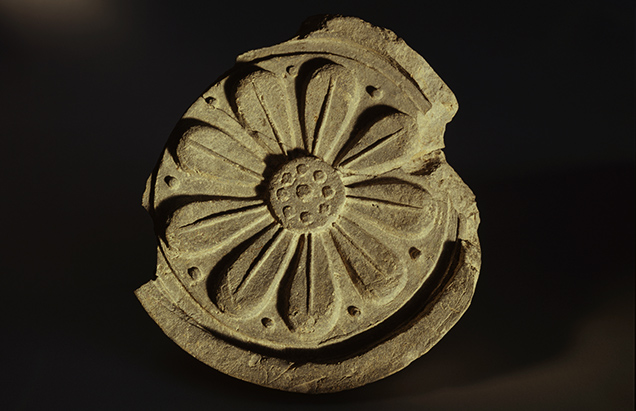
An old roof tile excavated from the remains of Chuguji Temple.
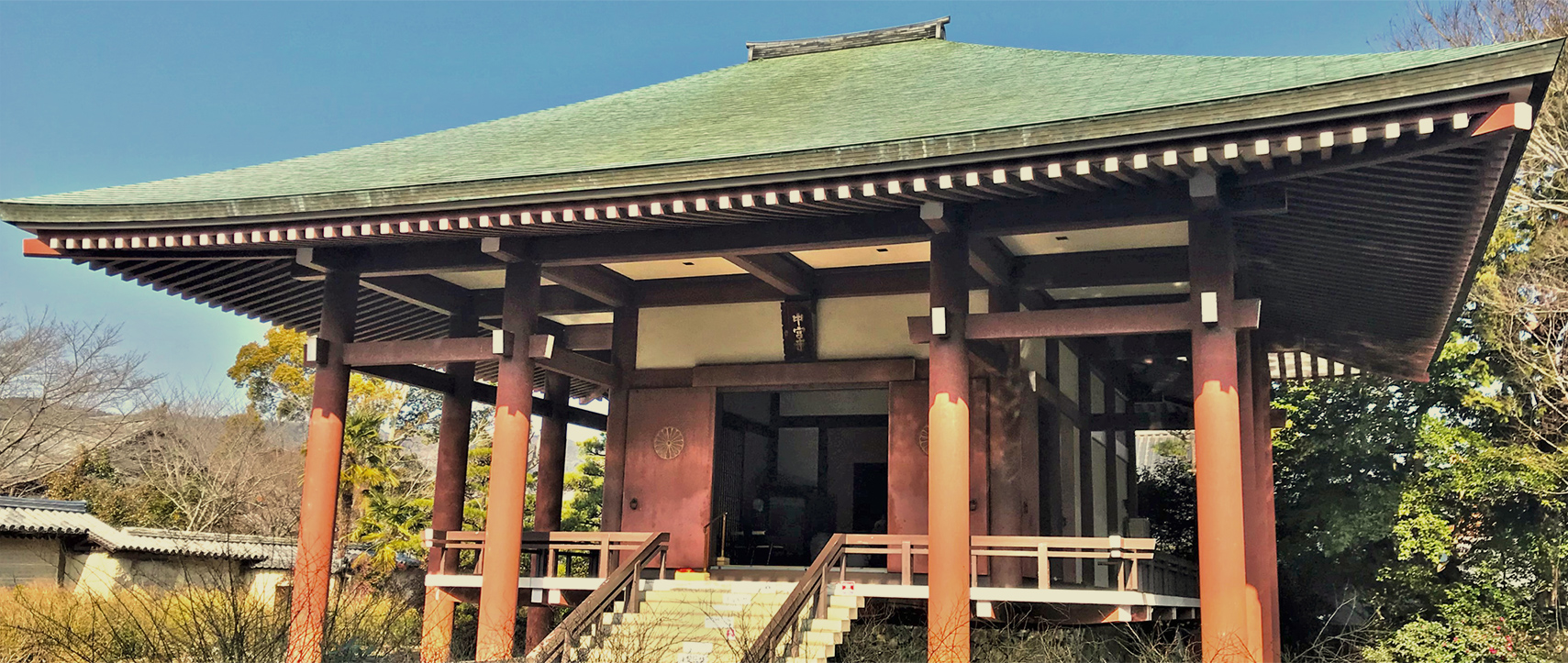
Main Hall. It enshrines the principal image of the Buddha, Nyoirin Kannon Bosatsu.
Precincts
-
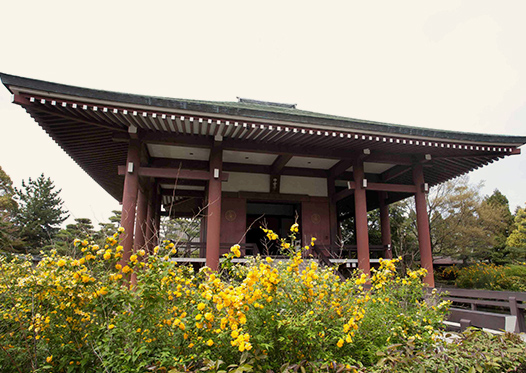
From mid to late April, golden Japanese roses bloom all around the Main Hall.
-
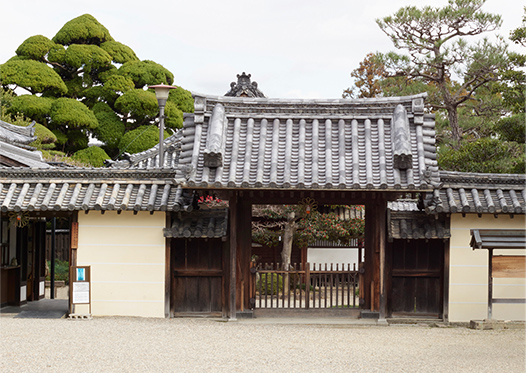
Temple gate. Located just east of Horyuji Temple. Next to the Dream Hall.
-
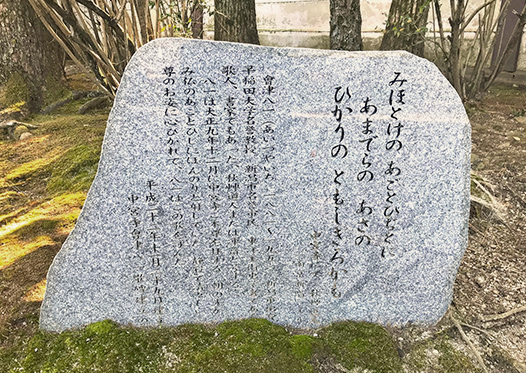
A Japanese poem of Aizu Yaichi is engraved in stone in front of the Main Hall. A poem about Nyoirin Kannon Bosatsu, the principal image of the Buddha, is engraved.
Hours of Operation
-
10/1-3/20
9:00 a.m. - 4:00 p.m.
-
3/21-9/30
9:00 a.m. - 4:30 p.m.
※admission closes 15 minutes before
Admission fees
| Adults | Junior High School Students | Elementary School Students |
|---|---|---|
| 600 yen | 450 yen | 300 yen |
Address
1-1-2 Horyujikita , Ikaruga , Ikoma District , Nara 636-0101 , Japan
Inquiries
Tel: +81-745-75-2106
Location
